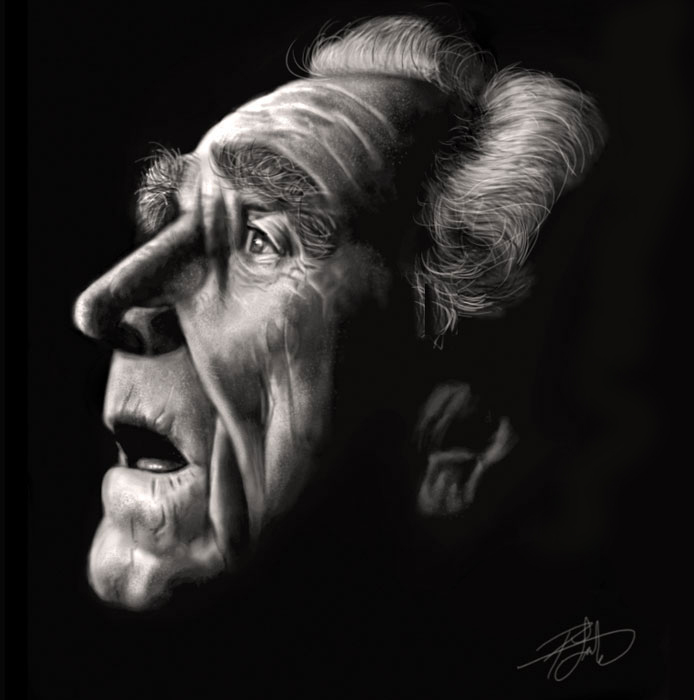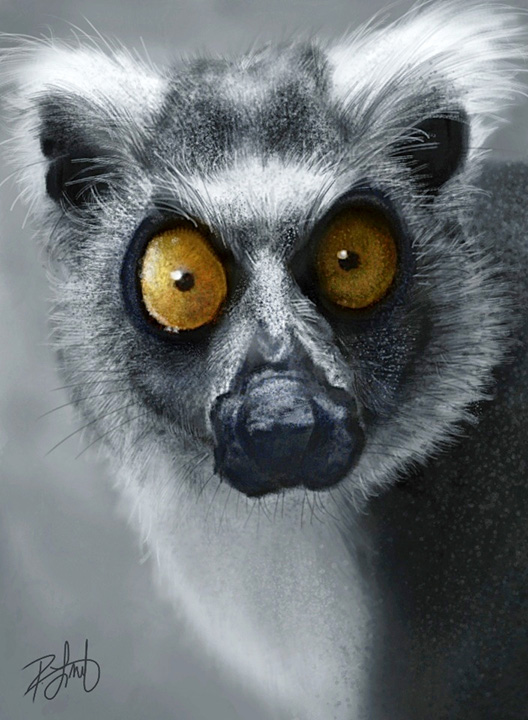With the Adobe Max conference going on in L.A. this week, there are many in the design, photography and other digital creative industries that are actively talking about all things Adobe. Most of the talk is surrounding the Creative Cloud and the subscription model. In fact, I’ve seen and participated in some heated discussions the past 24 hours about the pros and cons. Most of these arguments look very much like online political bickering, complete with name-calling, passive aggressive rants and the usual ‘my way or the highway’ arguments that are the staple of social media discussions. Having expressed my opinion already, I don’t feel the need to repeat it all here. Bottom line is that anybody who uses any of Adobe’s software will have to subscribe to the new model or eventually watch their tools become obsolete. Time marches on, adapt and overcome, deal with it. The corporate mind is made up and unlikely to change. We’ll just have to agree to disagree and move on, since we should all probably be working anyway.
One of yesterday’s announcements that caught my eye was Adobe’s introduction of Project Mighty. A pressure sensitive pen for the iPad and iPhone, connected to the cloud, allowing people to draw and take notes on the iPad. Before I talk about my impression, here’s a video that explains it, just so we’re all on the same page.
At first glance, this looks like it might be something very innovative. In fact, I’ve had a number of people send me email and private messages since this was announced telling me I must be excited about this and asking what I think of it. The only reason I assume they’re asking is that my medium for the majority of my work is digital and that I’ve also done a fair bit of iPad art over the past couple of years. So having only seen the same video you just watched, my first impression is that the Mighty doesn’t strike me as memorable, at least not in this first edition.
I’ve tried a number of iPad pens over the last year. Some of them have a plastic disc that rests on the screen, many have rubber eraser type nibs in varying sizes, and even one expensive disaster purported to be pressure sensitive, but ended up just being a waste of $80.00. The battery didn’t last and it relied on raising and lowering the volume of the device since it communicated through the iPad’s microphone. To quote Mr. Scott in Star Trek, “The more they over-think the plumbing, the easier it is to stop up the drain.”
In my experience with art on the iPad, the strength lies in a well developed app, because the hardware is a compromise. The iPad just wasn’t designed to use a pen and Apple has consistently showed no interest in answering the scores of artists who have been begging for one. As Steve Jobs famously said, “It’s like we said on the iPad, if you see a stylus, they blew it.”
But with a good third party stylus and a well written app, you can still draw and paint well enough on the iPad. The best apps that I’ve used to date are procreate, artstudio, and Sketchbook Pro. I’ve been able to work around the pressure sensitivity quite well in all of these apps simply by varying the brush opacity while I paint. Coupled with a good stylus, I find painting on the iPad to be quite enjoyable, despite having to wear a light glove so I can rest my hand on the screen while I draw. The pen I settled on after trying many of them, is the Wacom Bamboo Stylus and it works quite well, despite the limitations of the iPad itself. The paintings you see here were done on the first generation iPad with the Wacom stylus.
 What surprised me most about Project Mighty is that it doesn’t appear to involve Wacom at all. I’ve been using Wacom tablets and displays since the 90’s and while each new evolution is better than the last, the one consistent thing I could always count on was that there was no better name in pen and tablet tech than Wacom. I would defy any digital creative artist to challenge that statement. The industry standard for pen technology has long been Wacom and if this pen was a cooperative venture between the two, I would have expected Adobe to lead with it, so I can only assume that this was an independent creation. It was my understanding that the two companies had a symbiotic relationship as most Adobe users I know are using Wacom tablets or displays in their work. Wacom’s lack of involvement in Project Mighty (unless it’s some deep dark secret) is perplexing.
What surprised me most about Project Mighty is that it doesn’t appear to involve Wacom at all. I’ve been using Wacom tablets and displays since the 90’s and while each new evolution is better than the last, the one consistent thing I could always count on was that there was no better name in pen and tablet tech than Wacom. I would defy any digital creative artist to challenge that statement. The industry standard for pen technology has long been Wacom and if this pen was a cooperative venture between the two, I would have expected Adobe to lead with it, so I can only assume that this was an independent creation. It was my understanding that the two companies had a symbiotic relationship as most Adobe users I know are using Wacom tablets or displays in their work. Wacom’s lack of involvement in Project Mighty (unless it’s some deep dark secret) is perplexing.
One of the biggest complaints I hear when reviewing any stylus or app for the iPad is that people want it to work like their Wacom tablet. Same features, sensitivity, and functionality. Unrealistically, many artists want the power of a robust computer mixed with a Cintiq 24HD that is light and allows them to take it anywhere. Someday, I’m sure, but I still think that perfect device is a long way off. Then again, we might see a hint of that soon.
On February 28th, this status update on Wacom’s Facebook page created quite a ripple through the digital creative world. “We’ve heard you shouting out loud for a Wacom mobile tablet for creative uses. Well… we’re listening. We’ve read your email and spoken to many about an on-the-go dream device. It will come. This summer. We’re working 24/7 on it. And yes, it has a real pressure-sensitive professional pen, smooth multi-touch, an HD display, and other valuable features that you haven’t seen in other tablets.”
With this tease still resonating, I won’t be buying into Project Mighty. When it comes to digital pen technology, I’m willing to be patient and wait for whatever Wacom has up their sleeve. We might finally see tablet hardware that doesn’t ask artists to compromise. If Wacom’s previous track record for stealing the show is any indication, I expect many artists will consider everything that has come before it to be just an opening act.

